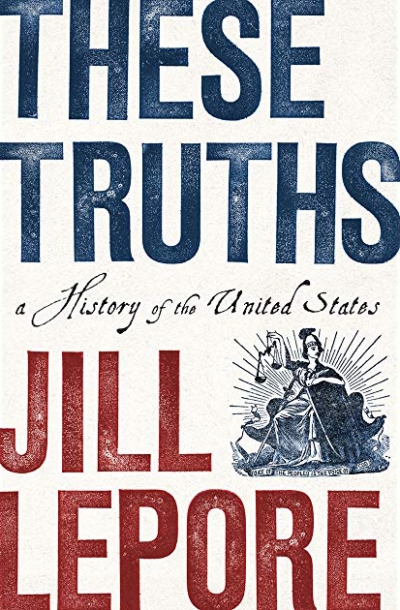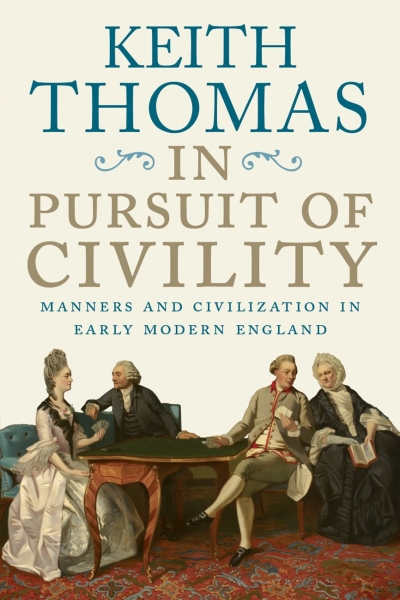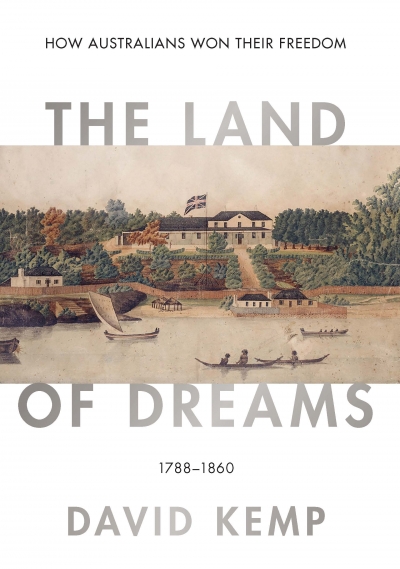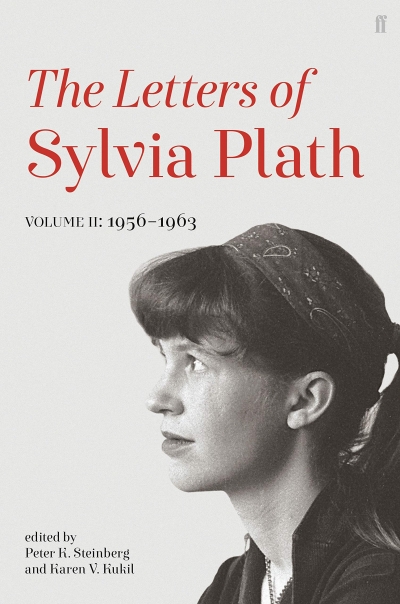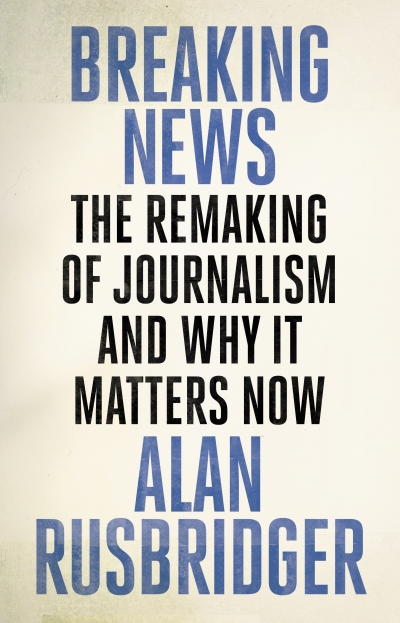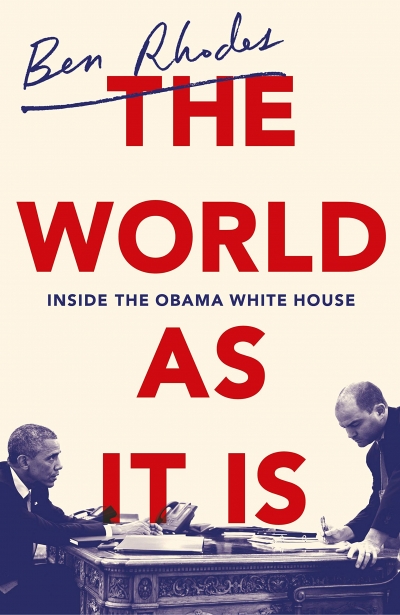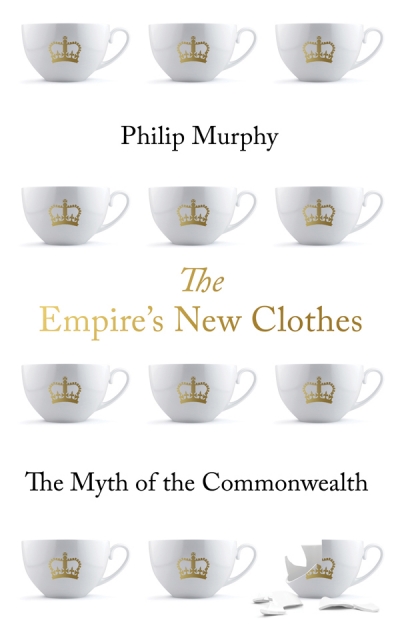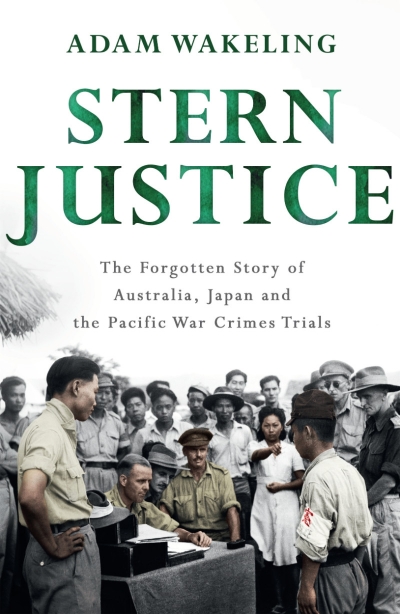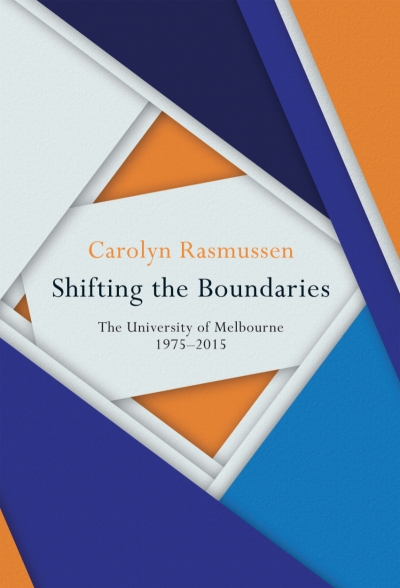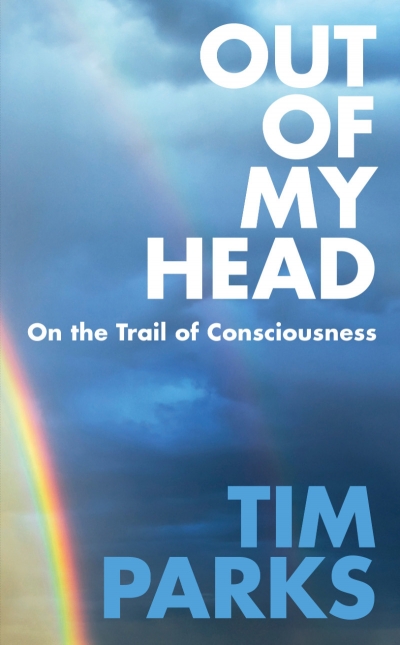Non Fiction
These Truths: A History of the United States by Jill Lepore
During his 2008 presidential campaign, Barack Obama declared that the story of American history is of countless people striving toward ‘a more perfect union’, that most utopian of goals enshrined in the nation’s Constitution. In These Truths, a one-volume account of the entirety of American history since European settlement ...
... (read more)In Pursuit Of Civility: Manners and civilization in early modern England by Keith Thomas
‘Civilization’, a seemingly tranquil notion, has always somehow managed to start quarrels and divide the room. In the classical world, where the concept was largely shaped, it managed, more startlingly, to divide the human race itself. On the one hand, so the notion appeared to imply, were people whose speech you could more or less understand ...
... (read more)The Land of Dreams: How Australians won their freedom,1788–1860 by David Kemp
This is the first of a five-volume series, apparently all by David Kemp, with the general title Australian Liberalism. The second volume, A Free Country: Australians’ search for utopia 1861–1901, is planned by Melbourne University Publishing next year. Kemp was senior lecturer and then Professor of Politics at ...
... (read more)The Letters of Sylvia Plath Volume 2: 1956–1963 edited by Peter K. Steinberg and Karen V. Kukil
Sylvia Plath wrote her last letter to the American psychiatrist Dr Ruth Beuscher a week prior to her suicide on 11 February 1963. In it, Plath castigates herself for being guilty of ‘Idolatrous love’, a concept she drew from psychoanalyst and philosopher Erich Fromm’s The Art of Loving. ‘I lost myself in Ted instead of finding myself ...
... (read more)Breaking News: The remaking of journalism and why it matters now by Alan Rusbridger
When Alan Rusbridger was a young journalist on the Cambridge Evening News, he fell in love with a university leturer. One night, after they moved in together, there was a knock on their door. A reporter and photographer from the Sunday Mirror wanted to tell the story of their romance to the four million people who ...
... (read more)The World As It Is: Inside the Obama White House by Ben Rhodes & Yes We (Still) Can: Politics in the age of Obama, Twitter, and Trump by Dan Pfeiffer
Gareth Evans diagnosed the affliction of leaving government as relevance deprivation syndrome. For those who worked in the Obama administration, leaving the White House must have presented deeper maladies: the bewildering success of a reviled political opponent and a profound sense of missed opportunities. Two recently released memoirs by former Obama staffers grapple with this reality in very different ways.
... (read more)The Empire’s New Clothes: The myth of the Commonwealth by Philip Murphy
When I went to live in London in 1970, the dissolution of the British Empire had yet to reach its final stages. (While Fiji became independent that year, Hong Kong would not be transferred to China till 1997). The Commonwealth seemed like a glorious roseate hue ...
... (read more)Stern Justice: The Forgotten Story of Australia, Japan and the Pacific War Crimes Trials by Adam Wakeling
Justice or vengeance? This is always the question raised by war crimes trials, although it might be noted that they are a relatively recent historical phenomenon. Some were proposed at the end of the Great War but never eventuated. The original and best known is, of course, Nuremberg at the end of World War II ...
... (read more)Shifting the Boundaries: The University of Melbourne 1975–2015 by Carolyn Rasmussen
During the 1960s and 1970s, student radicals protested that their places of learning were getting too close to industry and government. In 1970, Monash University students occupied the university’s Careers and Appointments Office to oppose the use of the university as a recruiting ground for companies ...
... (read more)How does consciousness, the feeling of what happens, emerge from the object that Tim Parks describes in this engaging book as ‘a gruesome pinkish grey, vaguely intestinal lump’? Is mind identical with brain, is it secreted by it in some fashion, or does it, as some philosophers suggest, mysteriously ‘supervene’ on ...
... (read more)

